SYNOPSIS
The Turn of the Screw novella is a Gothic horror written by Henry James about a governess caring for two orphaned children in an isolated country house in 1890s England. The longer she stays at the house, the more the governess becomes convinced that the house is haunted by the ghosts of two previous servants and that the two children are being possessed.
This adaptation changes the location to present day Wellington and the entire film is set in a theatre over one evening. The premise is that The Turn of the Screw has been adapted into a play set in the 1890s and tonight is the Dress Rehearsal. The story is shown entirely from the perspective of Julia, a young actress who will be playing the Governess on stage.
Julia is a last minute replacement for another actress who has pulled out of the production suddenly. Julia arrives at the theatre that night from Auckland and immediately must go onstage and begin acting the role to an empty auditorium.
We then follow Julia in real time as the Governess, as she interacts with other characters and becomes immersed in the horror production she’s in. As her terror increases, Julia, just like her character, begins to suspect that not just the fictitious house is haunted, but also the real theatre.


DIRECTOR’S STATEMENT
I have always been a great fan of period and gothic horror, and was very interested in doing an adaptation of one of the great Gothic horror mysteries of all time, The Turn of the Screw. There have been a number of previous film adaptations of this great work, but I had a very different vision which had never been done in any film adaptation previously.
However, in order to do this justice, particularly on a modest budget, great care and attention was needed to get everything right.
During pre-production, my Cinematographer, Mark Papalii, and I put together a very specific visual plan for the film, inspired in part from some of the classic Hammer Horror films of the 1970s and also Von Trier’s Dogville and Manderlay. These are films in which minimalist architecture and backgrounds become a core and claustrophobic element and character in the film.
The film was shot entirely at the beautiful Wellington Opera House and at the new film studios at Miramar Creative Centre. This helped create a striking parallel between the ‘real world’ scenes and the ‘play world’.
In post-production, we have used visual effects, music and sound design to complement what’s been shot, giving the film a very unique style and atmosphere.
The Turn of the Screw is also a great showcase for some of the finest acting talent in New Zealand, from ages 8 through to 70. We are also particularly proud that both lead roles are female and showcase the work of Greer and Jane to such a high degree.
I greatly look forward to continuing the film’s exciting journey in the coming months as it is released!
Alex Galvin
Writer/Director
HISTORY
The Turn of the Screw novella was written in 1898 by the great American-British author Henry James. It first appeared in serial format in Collier’s Weekly magazine (January 27 – April 16, 1898). In October 1898 it appeared in The Two Magics, a book published by Macmillan New York City and Heinemann in London.
Classified as both gothic fiction and a ghost story, the novella is about a governess caring for two orphaned children in an isolated country house in England. The longer she stays at the house, the more the governess becomes convinced that the house is haunted by the ghosts of two previous servants and that the two children are being possessed.
The major theme of the novel is ‘Corruption of Innocence by Evil.’ The innocent and helpless children are corrupted by the evil influence of bad servants. The governess feels that both children are poisoned by the evil influence of the ghosts of the former servants. However, the governess too, with her morbid mind and obsession with ghosts, torments the children with her suspicion. The children thus become innocent victims of their servants and teachers.
In the century following its publication, The Turn of the Screw has become a cornerstone text of academics who subscribed to New Criticism. The novella has had differing interpretations, often mutually exclusive. Many critics have tried to determine the exact nature of the evil hinted at by the story. However, others have argued that the brilliance of the novella results from its ability to create an intimate sense of confusion and suspense within the reader.
The novella has been adapted numerous times in radio drama, film, stage, and television, including a Broadway play, a Benjamin Britten opera and several film adaptations. The most famous being 1961 film The Innocents.
This adaptation changes the location to present day Wellington and the entire film is set in a theatre over one evening. The premise is that The Turn of the Screw has been adapted into a play set in the 1890s and tonight is the Dress Rehearsal. The story is shown entirely from the perspective of Julia, a young actress who will be playing the Governess on stage.
Julia is a last minute replacement for another actress who has pulled out of the production suddenly. Julia arrives at the theatre that night from Auckland and immediately must go onstage and begin acting the role to an empty auditorium. We then follow Julia in real time as the Governess, as she interacts with other characters and becomes immersed in the horror production she’s in. As her terror increases, Julia, just like her character, begins to suspect that not just the fictitious house is haunted, but also the real theatre.

